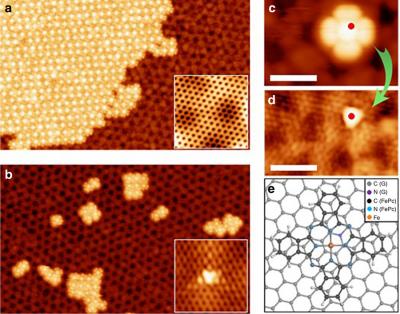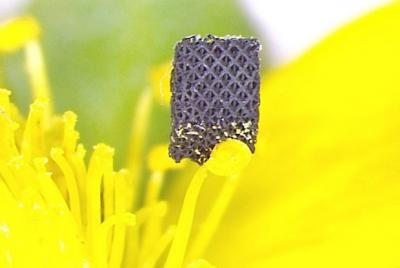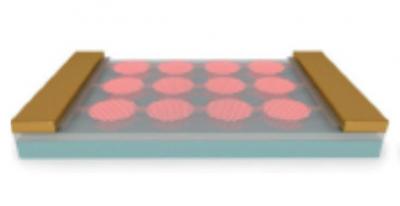Haydale expands elastomer capability
 Haydale recently announced that it has completed the installation and commissioning of a two-roll lab mill at its site in Loughborough, UK, that will allow Haydale to compound nanomaterials into a range of elastomers, graphene included, which will support customers interested in using nanomaterials in their elastomeric products for a range of property improvements, such as thermal conductivity, electrical conductivity and increased mechanical performance.
Haydale recently announced that it has completed the installation and commissioning of a two-roll lab mill at its site in Loughborough, UK, that will allow Haydale to compound nanomaterials into a range of elastomers, graphene included, which will support customers interested in using nanomaterials in their elastomeric products for a range of property improvements, such as thermal conductivity, electrical conductivity and increased mechanical performance.
The new elastomer mixing capability joins the current elastomer moulding and testing facilities that are already on site at Haydale in Loughborough, UK, thereby bringing in-house the facility for Haydale to serve customer requirements for nanomaterial enhanced elastomer development.




